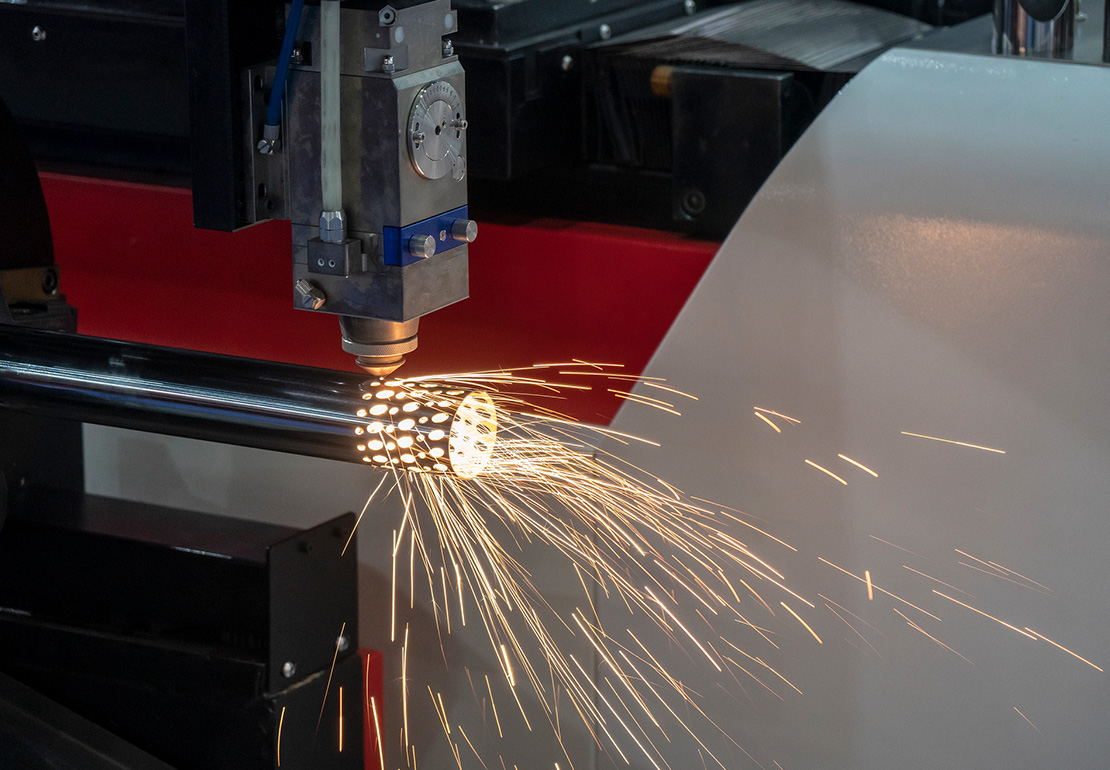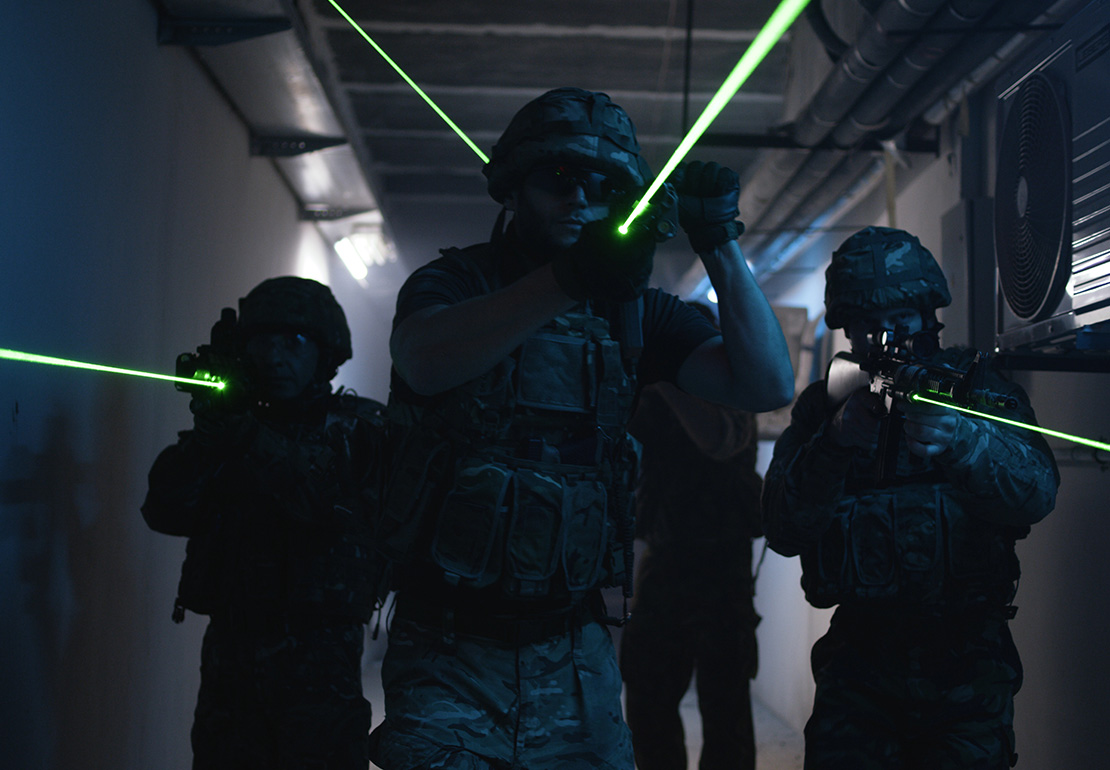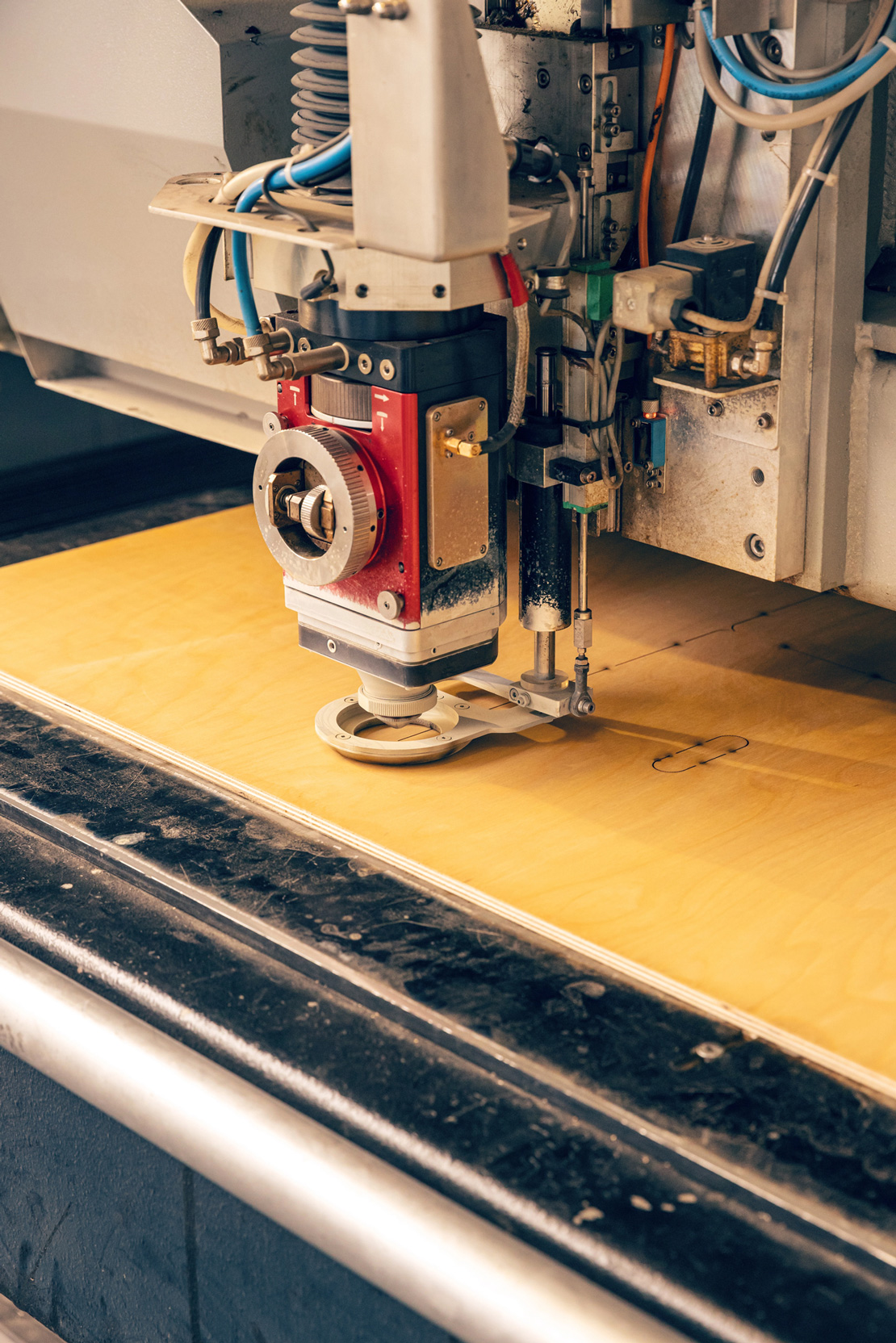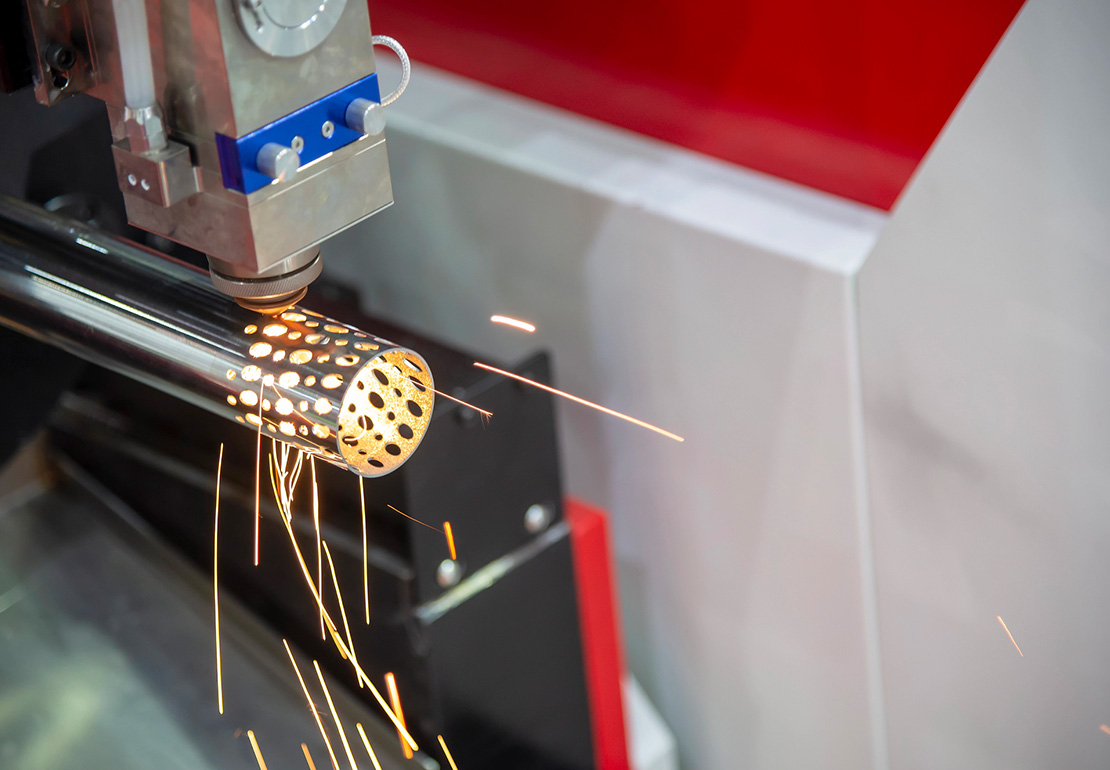How Motorized Optical Shutters Improve Laser System Performance

Laser systems depend on exact timing, precise control, and repeatable results. The performance of these systems can change based on how well the beam is managed. A motorized optical shutter plays a key role in this setup.
It helps shape the pulse window, blocks or opens the beam path on demand, and protects downstream optics during standby or fault conditions. These shutters do not just switch the light on and off. They help maintain safety, accuracy, and overall system health.
What a Motorized Optical Shutter Really Does
At its core, a motorized optical shutter blocks or allows laser light to pass through. Instead of relying on manual action or simple mechanical systems, these shutters operate with the help of a controller and motor. This allows consistent timing, fast response, and remote operation.
In laser labs, research centers, or OEM environments, time is often measured in milliseconds. A small delay or error can affect results or damage equipment. With repeatable motion and minimal drift, a motorized design can reduce that risk and help deliver stable output.
Why Laser Systems Rely on Motorized Shutters
When working with lasers, precision is a requirement. In high-speed applications, such as semiconductor inspection, pulse shaping, lidar, and materials processing, timing control must be both fast and accurate.
Motorized shutters allow beam exposure to match exact timings set by a controller. With TTL signals or USB/BNC commands, users can open or close the beam path in less than 10 milliseconds. That means system designers can tune the exposure time to match their exact application. It also helps limit wear on optical coatings by exposing components only when needed.
This kind of control improves timing and also protects the system. During warm-up, cooldown, or fault events, the shutter can close automatically. That adds a safety layer to protect optical paths or prevent stray laser beams from causing harm.
Precision Without Compromise
A good motorized optical shutter does not rely on springs or sliding parts alone. It should have a mechanism that allows for long service life and repeatable movement. NM Laser Products, Inc., for example, uses a patented flexure-based design with very few moving parts. That reduces wear and maintains speed over thousands of cycles.
Most high-performance shutters in the market offer close times between 6.5 ms and 10 ms. They also default to the closed position when powered off, adding passive safety. If the power supply fails or the system is shut down, the beam path remains blocked.
For system designers, this means more trust in their setup. The shutter acts as both a gate and a safety stop, with the ability to integrate into automated controls.
Motorized vs. Manual Shutters: What Changes
Manual shutters may seem like a low-cost option, but they cannot match the reliability or speed of motorized versions. A motorized design connects to a controller, allowing remote operation from a GUI or pre-programmed signal. This integration reduces human error and lets users automate timing sequences.
For example, a shutter that connects through USB or BNC can be triggered by software. This makes it easy to match beam opening to pulse timing, scan steps, or exposure needs. In contrast, manual shutters require constant adjustment and supervision. Over time, this increases the chance of misalignment or delays.
In high-precision setups, small timing errors add up. A motorized shutter can reduce those margins and help systems stay repeatable.
Thermal and Mechanical Reliability
Laser systems often run hot. This heat can affect mechanical parts or slow down response times. In a motorized shutter, thermal performance must be stable. That means materials should resist distortion, and motors should operate across a wide temperature range.
Mounting flexibility also matters. Most systems require lens tube compatibility (like SM1 or SM05 threading) and easy optical bench integration. This allows for fast replacement or upgrades without major layout changes.
Motorized designs often come with accessories like breakout boxes, Hirose cables, or locking power switches. These features help avoid loose connections and keep the shutter operating safely.
When Motorized Shutters Make the Most Impact
Some systems benefit more from motorized shutters than others. High-rep-rate pulsed lasers, spectroscopy setups, and light-sensitive sensors all demand clean and fast beam control. Even in basic lab setups, a fast shutter can prevent unintentional exposure or overburn.
Applications like:
- Laser-induced fluorescence
- Time-resolved imaging
- Nonlinear optics
- High-power beam delivery
- Laser safety test setups
…all gain from consistent shutter timing. In each case, the shutter supports system stability and allows users to work with fewer interruptions.
You can browse a wide range of laser shutters and optical beam shutters that meet these types of requirements.
Interlock Features and Built-In Safety
Safety matters when working with high-power lasers. Many motorized shutters now come with built-in interlock support. That means they can connect directly to a laser’s safety circuit. If a door opens or a fault signal triggers, the shutter can close instantly.
Interlock pins and lockout features help maintain compliance with lab or facility safety rules. They also help prevent costly damage caused by beam misfires.
Some designs include features like:
- Default closed state on power-off
- Safety delay between open/close cycles
- Support for TTL, USB, and external control
These options allow users to design custom workflows without sacrificing safety.
If your application requires something specialized, you can explore NM Laser’s optical shutters that offer these types of configurations.
How Shutter Design Affects Overall Performance
A shutter’s design affects every part of its performance. From the mount to the motor, every component must work together. A strong flexure design, for instance, reduces friction and slop. This means the shutter closes exactly the same way every time.
In some models, you will find support for high optical damage thresholds, which is important for high-energy beam paths. You may also see options for fast acceleration or higher-duty cycles. These are part of how the system keeps delivering accurate, clean results.
Look for models that maintain:
- Repeatable actuation times
- Minimal delay from signal to motion
- High damage threshold coatings or apertures
- Vibration resistance
Motorized systems that meet these benchmarks can improve stability and reduce maintenance over time.
Let NM Laser Products, Inc. Help You Move Forward
NM Laser Products, Inc. designs motorized optical shutters to meet the speed, reliability, and safety demands of today’s most complex laser systems. With flexure-based designs and precision manufacturing, our shutters help improve system performance across industrial, medical, and research fields. Let us help you build something that lasts.
Explore our catalog or speak with our engineering team to find what fits your setup best.


